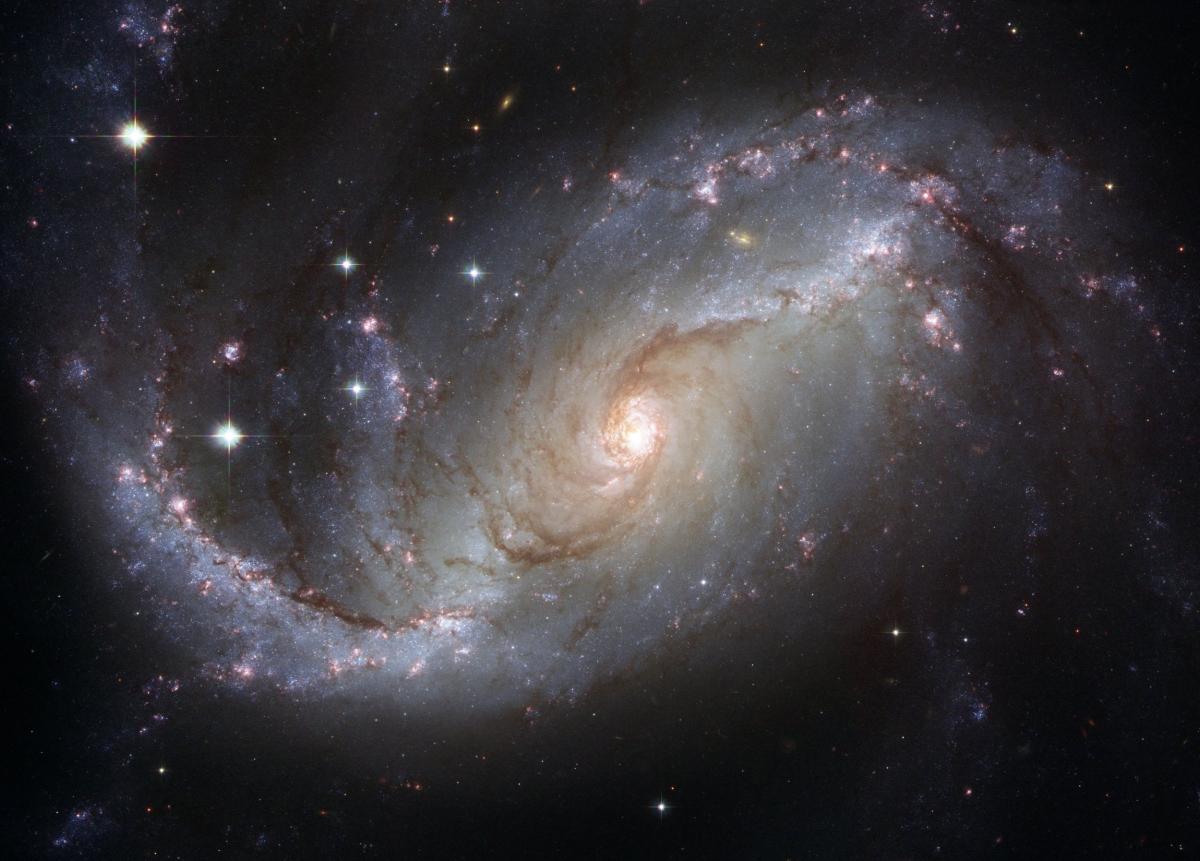
Modeling Eclipses
by [node:author:field_name_first] [node:author:field_name_last]
In this lesson, students will observe the geometry of lunar and solar eclipses by creating a physical, proportional model of the Earth and Moon system and observing shadows.
Lesson Plan Link/URL
https://docs.google.com/presentation/d/1rI-2yU-cG00H6oWvjJ8Nxxsd2CsduqnB/edit?u…Subject Area
Science Earth and Space Science E2: Earth & the Universe Engineering S4: Apply Science to Engineering Mathematics Measurement and Data (MD) Geometry (G) Ratio and Proportion (RP)
Featured
Off
Related Content

Grades:
9th Grade, 10th Grade
The students construct and interpret an HR Diagram to better understand the significance and usefulness of the diagram.

Grades:
7th Grade, 8th Grade, 9th Grade, 10th Grade, 11th Grade, 12th Grade
In this lesson series, students will explore the process of photosynthesis by collecting data through measurements. Student previously engaged with an experimental lab setup for gas collection, and

Grades:
6th Grade, 7th Grade, 8th Grade, 9th Grade
Explore how cells can only be so big by studying how things move in and out of them, and discover why the size of a cell is connected to its surface area and volume.